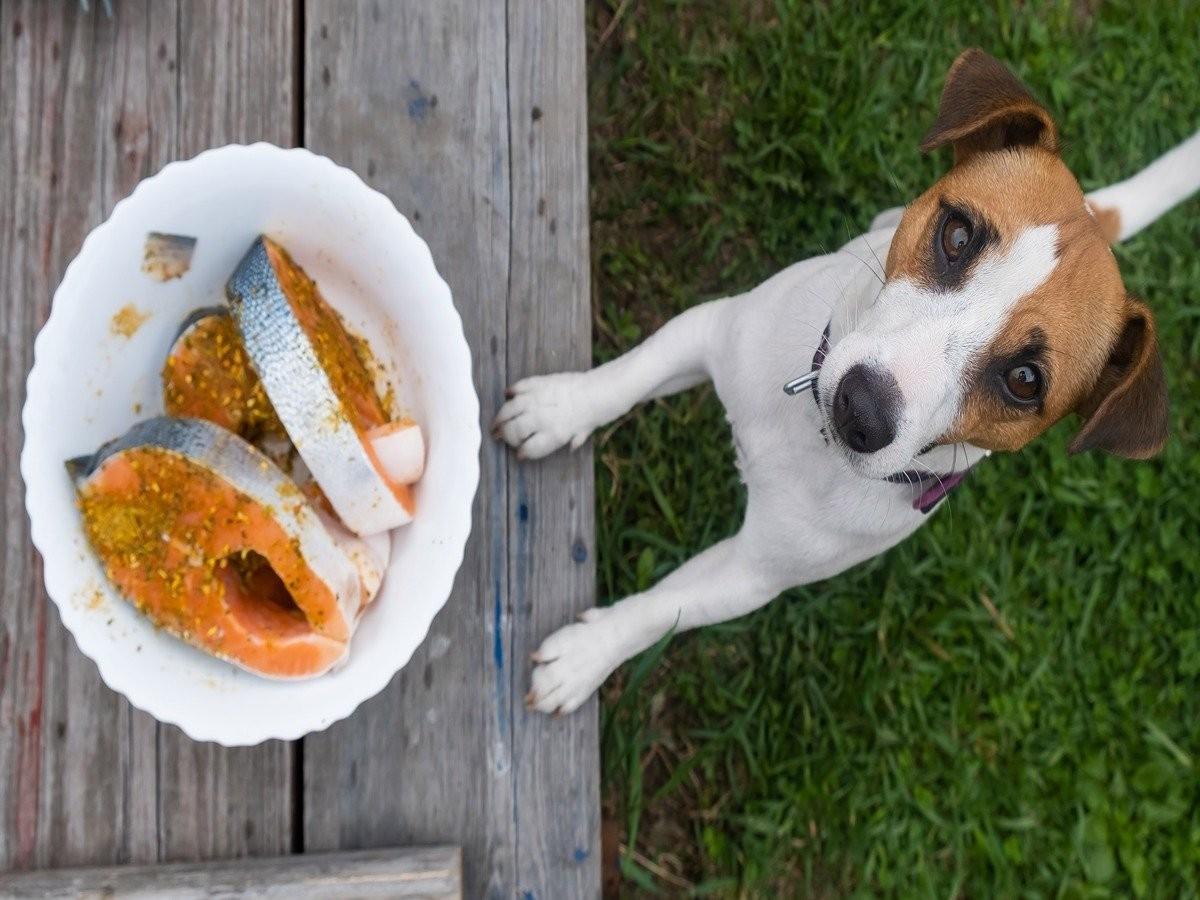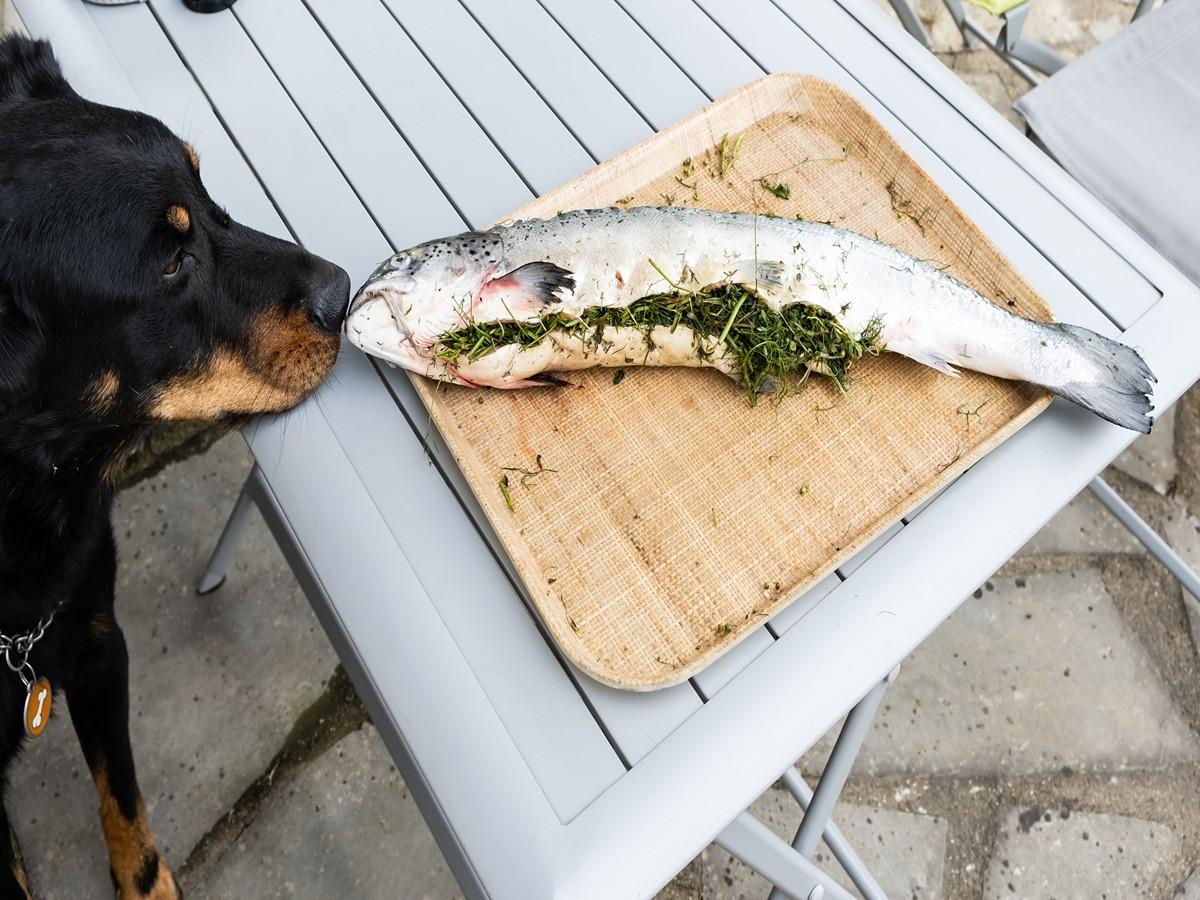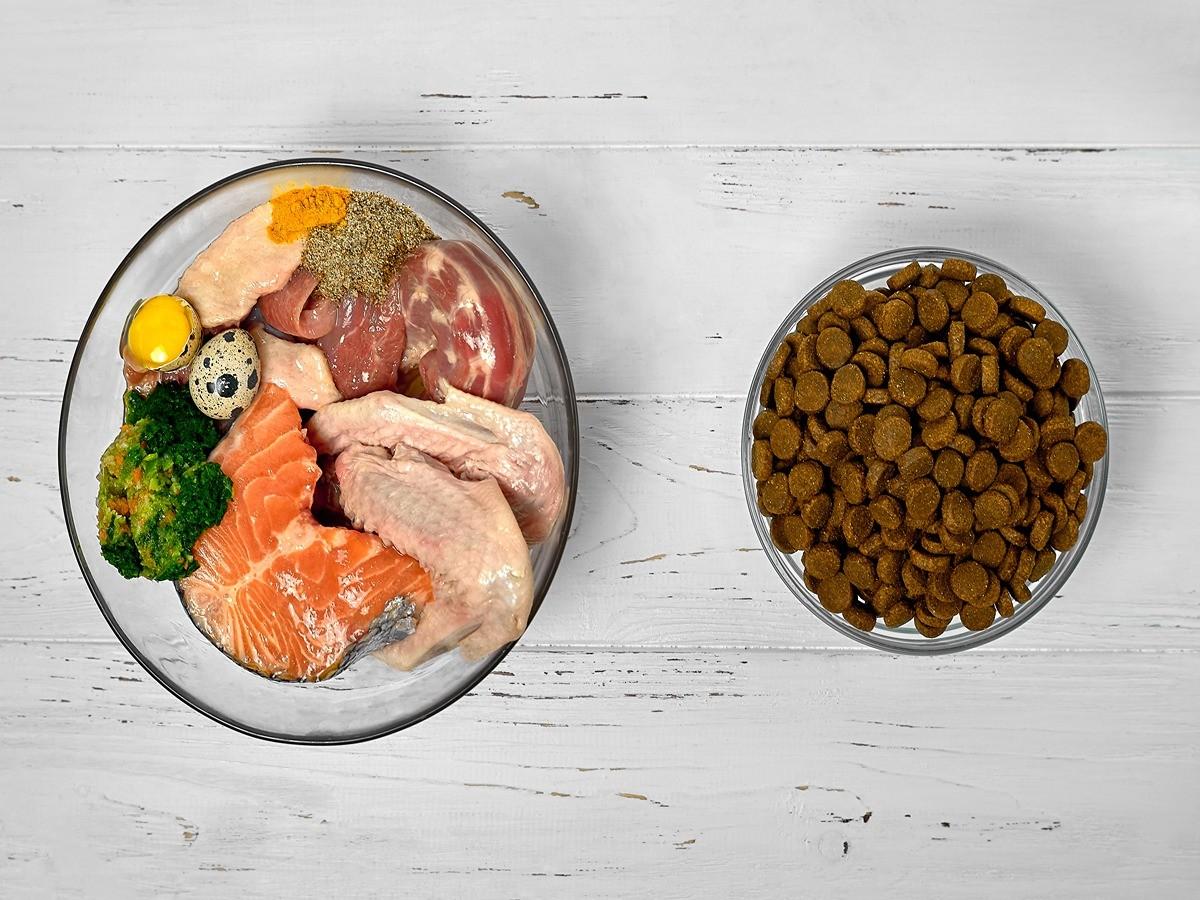Advantages to giving your dog seafood1
– A good source of protein, which is essential for your dog’s health
– Seafood can be a good alternative to other protein sources, such as meat
– Seafood is also a good source of omega-three fatty acids, which have many health benefits for dogs
– Omega-three fatty acids can help improve your dog’s coat and skin health, as well as joint health
Disadvantages of giving your dog seafood1
– Some types of seafood, such as shellfish, can be toxic to dogs
– Seafood can also contain bacteria that can make your dog sick
– If not cooked properly, seafood can also contain parasites that can infect your dog

Tips for feeding your dog seafood
– If you are going to feed your dog canned tuna, make sure it is packed in water, not oil
– Salmon skin and bones should be removed before feeding to your dog
– Seaweed should be cooked before feeding to your dog
– Shrimp, crabs, and lobster should also be cooked before feeding to your dog
– Do not feed your dog raw seafood
As you can see, there are both advantages and disadvantages to feeding your dog seafood. It is important to do your research and consult with your veterinarian before adding any new.
Be mindful that dogs will not have all their nutritional needs met through fish alone. Look for the complete and balanced” label approved by the AAFCO. If you see a label that reads “fish formula” or “fish recipe,” that means there will be other meats and proteins besides fish. This can be a challenge if your dog has specific fish allergies.
Fish that live long lives, like tuna, Mahi-Mahi, swordfish, and other apex predators, can have high levels of metals in their system. Prey fish like jack mackerel, herring, or catfish have shorter life spans and a reduced accumulation of heavy metals. Fish that wind up in dog foods tend to be prey fish.
Check to see the commercial dog foods for a chemical known as ethoxyquin. This preservative is fine for pets, but some pet parents may not want any synthetic preservatives in their pet’s food.
Can dogs eat canned tuna?
Be very careful with the lid, but dogs can eat canned tuna. Opt for canned tuna selections in water, not oil. Try to get low-sodium canned tuna. Check the label to make sure the tuna does not contain any onions or garlic, which can be harmful to dogs. Choose a low-sodium option if possible.
Can dogs eat salmon?
Salmon is full of delicious fatty acids that can give your pup a shiny coat and bright eyes. This popular fish is packed with protein, omega-fatty acids, and vitamins.
How to debone salmon for dogs
Place the salmon skin-side down on a cutting board. Insert a sharp knife into the flesh of the salmon, close to the backbone. Gently saw back and forth until you reach the rib bones. Turn the salmon over and repeat on the other side. Cut along both sides of the backbone to remove it. Remove any small bones that may be left in the salmon. Cut the salmon into small pieces and serve to your dog.
Can dogs eat seaweed?
Yes, dogs can eat seaweed! The snack is safe for dogs to eat and is packed with protein, iron, iodine, magnesium, and omega-3 fatty acids. The most eaten seaweed is called Nori. It is a good source of vitamin B12. Add a sprinkle to your dog’s dish. If you do feed your dog quite a bit of seaweed, they could try eating some when you take them to the beach. Wild seaweed could pose a danger to your dog in the form of blockages from swelling up and hidden creatures. Store-bought seaweed should be as plain as possible; they should certainly not have any onion or garlic flavoring.

Can dogs eat shrimp?
Yes, dogs can eat shrimp! Deveined shrimp is safe for dogs to eat and is a good source of protein. You can feed your dog cooked shrimp as a treat or mix it into their regular food.
Can dogs eat shrimp tails?
Yes, dogs can eat shrimp tails as long as they are cooked and without the shell. Shrimp is a good source of protein and omega-three fatty acids, both of which are beneficial for your dog’s health. Just be sure to remove the tail before giving it to your dog, as it can be a choking hazard.
Can dogs eat crabs?
Don’t be crabby about your dog eating crabs. Dogs can eat crabs! Crabs are safe for dogs to eat and are a good source of protein. You can feed your dog cooked crab as a treat or mix it into their regular food.
Can dogs eat lobster?
Yes, dogs can eat lobster! This delicacy is safe for dogs to eat and is a good source of protein. You can feed your dog cooked lobster as a treat or mix it into their regular food.

Other dietary considerations for dogs
Besides seafood, dogs can eat vegetables to round out their diet. Consider a few helpings of unseasoned asparagus, bell peppers, broccoli, carrots, cauliflower, lettuce, cucumbers and celery. Some dogs prefer fruit. Slices up some bananas, blueberries, oranges, melons, pumpkins, apples, kiwis, dates, pitted cherries, cantaloupes and papaya. Don’t give a dog grapes for any reason, including raisins.
Beans are good for a dog’s heart
Top choices for beans include green beans, black beans, lima beans, pinto beans and garbanzo beans. Skip the dried fruit and nuts. Almonds, cashews and pistachios can be heavily salted, burdening your dog’s digestive system.

If you need a story or someone to talk to your cat like a person, I’m your person. With 3 cats, 1 dog, and a lifetime of pets, I write from experience, usually with a cat on my keyboard and a dog in my lap.
*Jan 2019 to April 2024 administrator claims data.
1. “Can Dogs Eat Seafood? 4 Benefits and Risks - 2024.” MasterClass, 22 Aug. 2022, www.masterclass.com/articles/can-dogs-eat-seafood#.
The information presented in this article is for educational and informational purposes only and does not constitute or substitute for the advice of your veterinarian.











